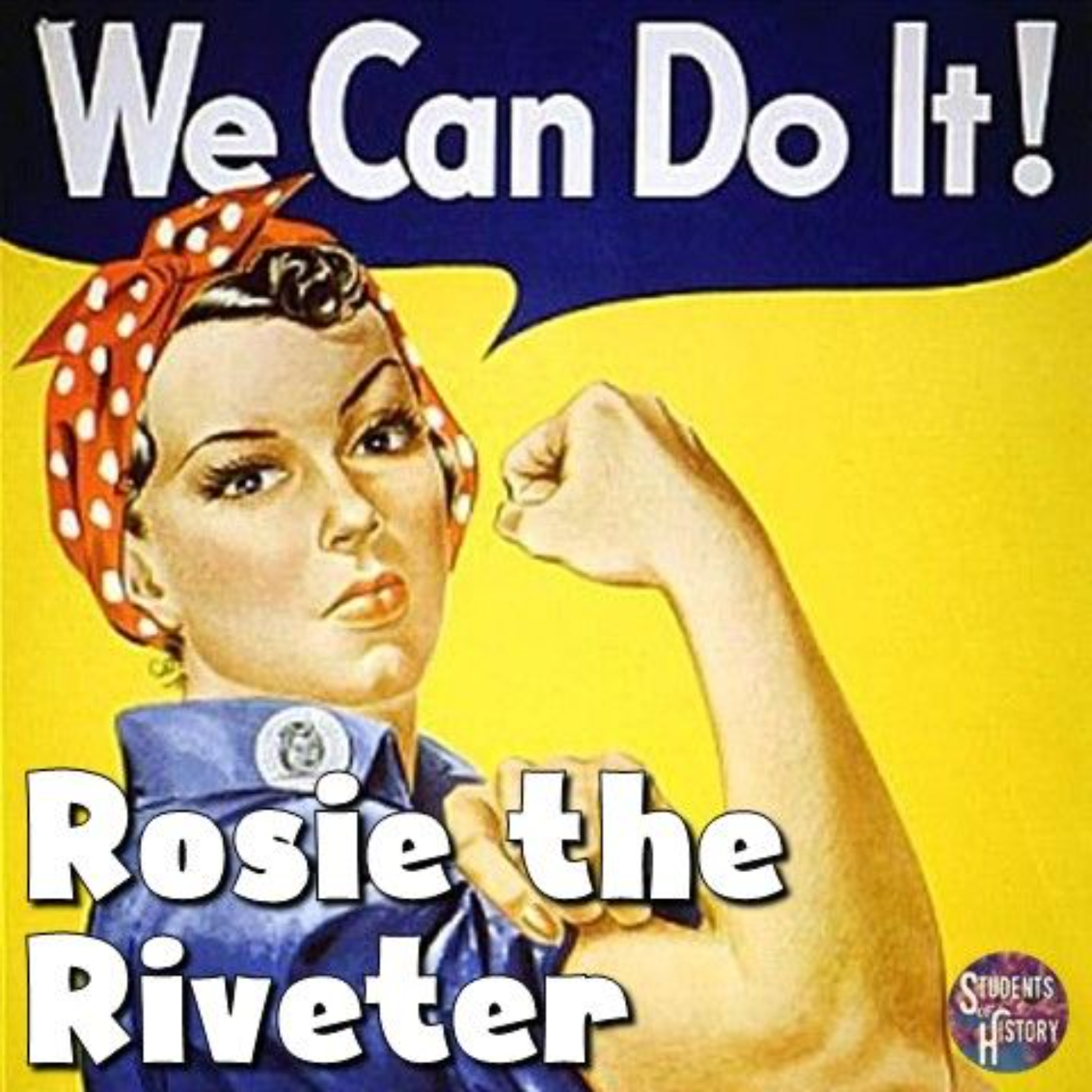Rosie the Riveter: Women & World War 2

In 1942, the War Advertising Council was created to mobilize America's advertising industry to support of the country through World War 2. Some of its early campaigns encouraged people to enlist, purchase war bonds, and conserve war materials.
Its campaign encouraging women to take on jobs in war industries became the most successful advertising recruitment campaign in American history.
The face of that campaign was Rosie the Riveter, a fictional character immortalized on posters and in a catchy song.
With millions of American men heading off to war, the nation was desperate for workers to staff the manufacturing plants needed for the war effort.

The campaign helped recruit more than two million women into the workforce.
In December 1941, about 13 million American women were at work. By February 1943, that number rose to 15 million, but there was still a massive need for more industrial labor.
Until this time, the majority of American women never worked outside their home. The idea of working in a factory was entirely new, and like all new ideas, required explanation.
The nation's major magazines devoted their September 1943 covers to portrayals of women in war jobs, creating approximately 125 million advertisements.
Motion pictures, newspapers, radio, trade press, employee publications, and in-store displays all tied in importantly. Even museums participated, with the Museum of Modern Art in New York conducting a contest for the best magazine covers.
The underlying theme was that this important social change was a patriotic responsibility for women and an opportunity for employers to support the wartime economy.
Those ads led to a tremendous change in the relationship between women and the workplace. As a result, employment outside of the home became socially acceptable and even desirable.
Women took on work in heavy construction, lumber and steel mills, airplane and munitions factories, and much more. Many women discovered they enjoyed the autonomy these jobs provided them with.

Rosie’s image graced postage stamps and the cover of Smithsonian magazine and before long Rosie the Riveter became a nickname for women working in wartime industries.
The iconic image most people think of today for Rosie the Riveter is the "We Can Do It!" poster by J. Howard Miller. However, this one was actually rarely seen during the war and did not gain attention until the 1980s.
Norman Rockwell's painted version of Rosie the Riveter was featured on the cover of the Saturday Evening Post in 1943 and was widely distributed across the country.
In May of 2002, Rockwell's painting of Rosie the Riveter was auctioned by Sotheby's for nearly $5 million.
Towards the end of 1944, Allied victory seemed assured and the War Advertising Council reversed its propaganda campaigns for women. Ads then urged women to return back to working in the home.
When World War 2 ended in 1945, many women were quickly laid off from their factory jobs. Later, many women who wanted to return to work were forced to accept "traditional" jobs in clerical or administration positions.